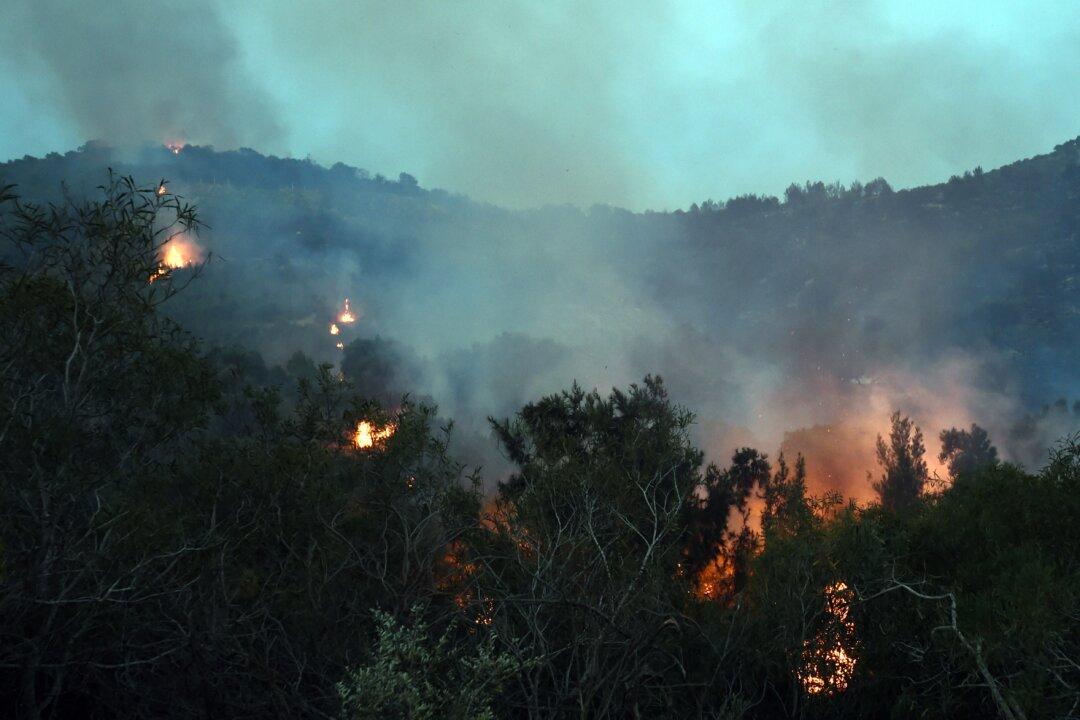Beginning in late October the steady summer rains of the north African savanna abate, and subsistence farmers begin the millennia-old tradition of burning the savanna and open woodland for pastoral land clearing and shifting cultivation.
These fires are very common. Africa’s savanna fires comprise the largest proportion (71%) of areas burned globally and the trees, shrubs and grasses are well adapted to fire.
However, prior to human settlement, the majority of fires occurred during the summer wet season, when natural ignitions from lightning dominated the fire regime. But with the progression of civilisation from nomadic times to one where agriculture is so important, the fire regime and use of fire for crops has changed drastically. Now, most fires occur during the dry season as a direct consequence of agropastoral ignitions.
These fires, which burn continuously from late November through early March, emit massive amounts of microscopic particulates, otherwise known as smoke. Some estimates suggest that emissions of elemental carbon exceed 400 million tonnes annually, 6.7 million of which are emitted as microscopic particulates. Of particular importance are the 375,000 tonnes that are emitted as dark particulates known as black carbon, which efficiently absorbs sunlight and interacts with clouds and climate in numerous ways.
Research shows that smoke has climatic implications which are not innocuous. A recent study of a region in China is one such example. It concludes that suppression of rainfall near the source of industrial smoke emissions caused the non-precipitated moisture to relocate to a nearby mountainous area. This led to dangerous, flooding rains on the mountain slopes. Globally previous research shows that emissions of smoke from fires can disrupt the large-scale Hadley Circulation that delivers rain to the tropics and dry weather to the deserts.
In research recently published, we explore this question in more detail. We used satellite measurements from the Multi-angle Imaging Spectroradiometer and the Moderate Resolution Imaging Spectrometer to determine whether human modification of Africa’s fire regime has unforeseen effects on regional climate.
We found that four-day periods of very low cloud cover coincided with spikes in both fire ignitions and fire emissions. This suggests the existence of a positive feedback loop, whereby fires limit rainfall and reduce cloud cover. This dries and warms the surface and makes it easier for farmers to burn and fires to spread. Over time, the increased burning could extend the dry season.
How Smoke Influences Rainfall

